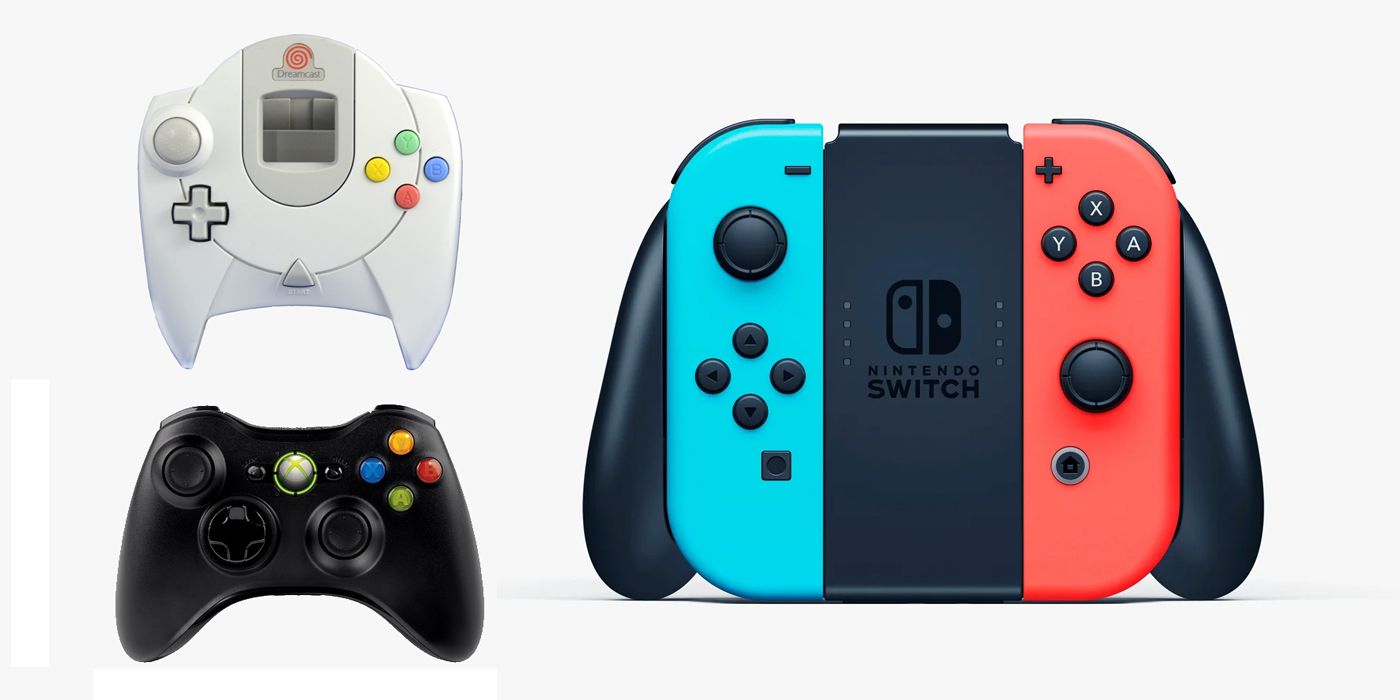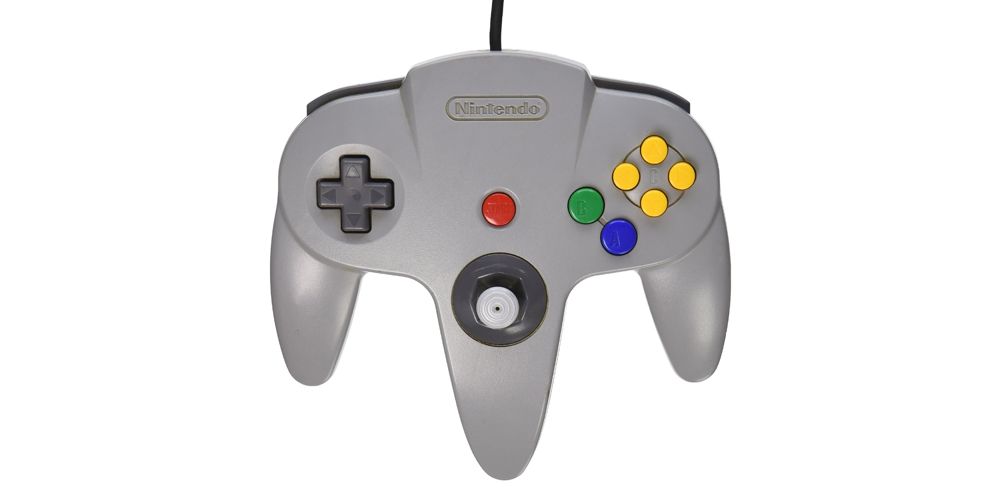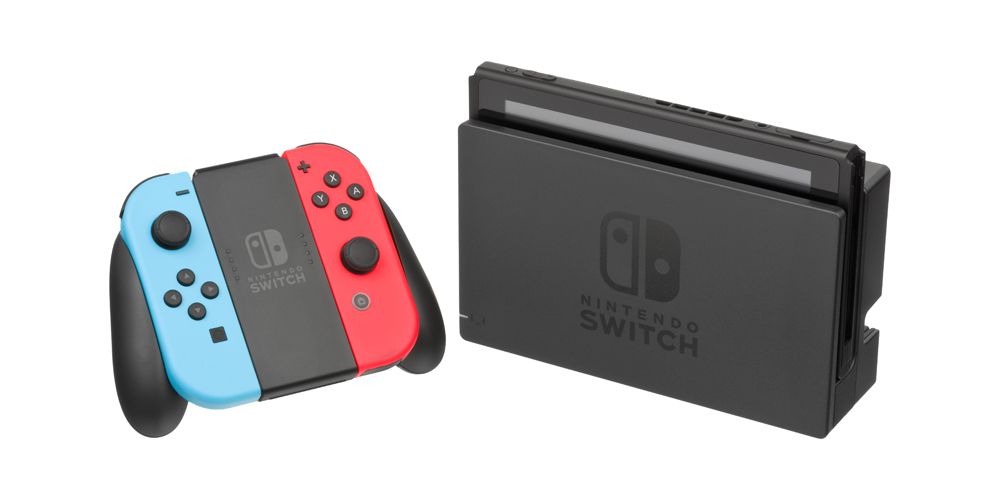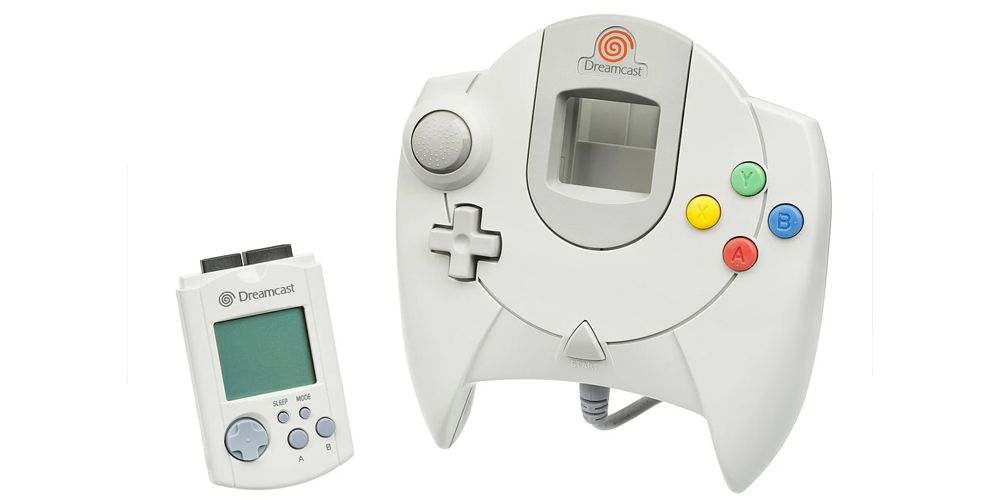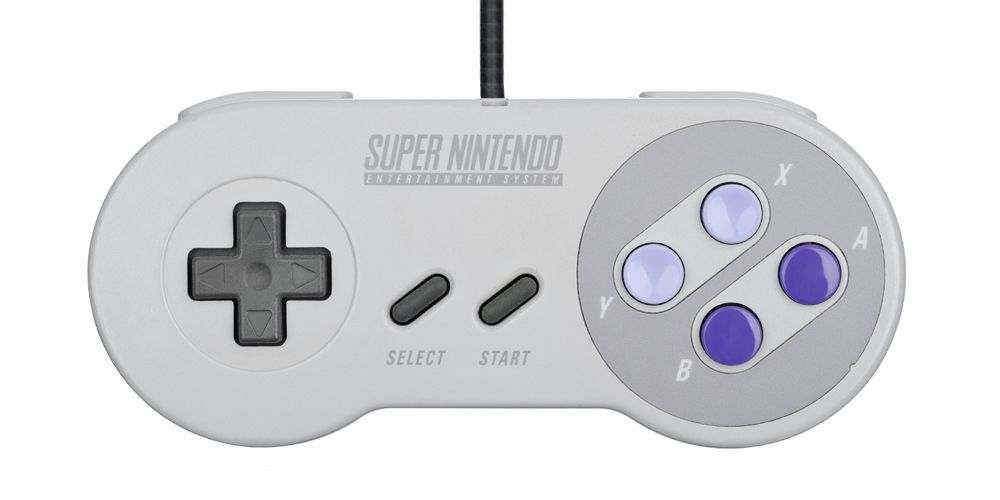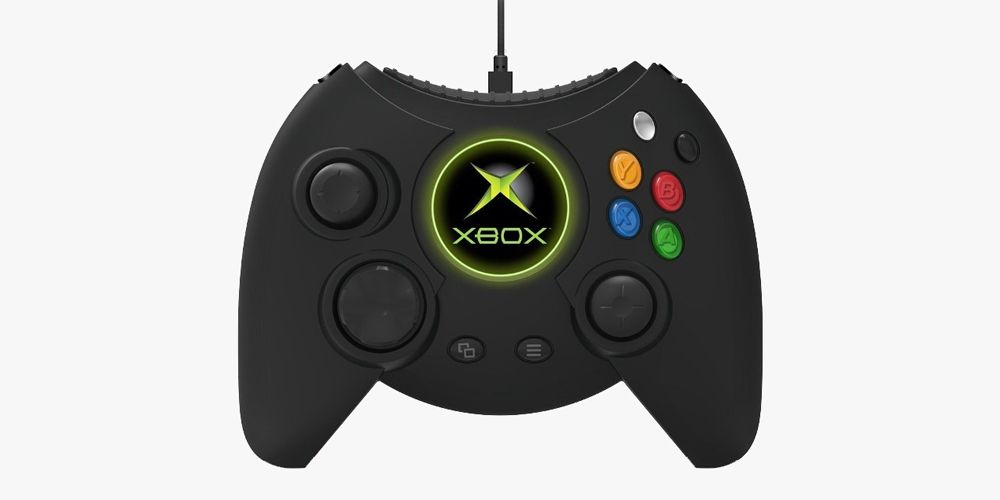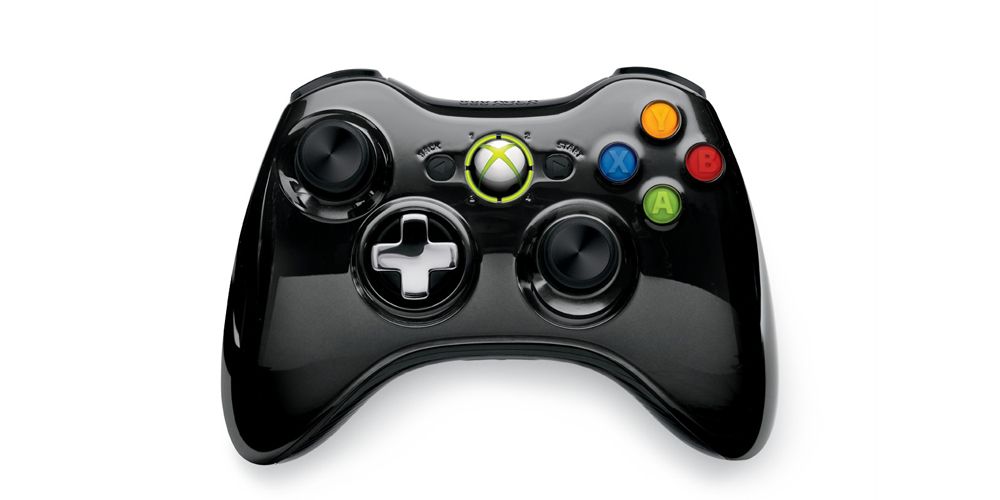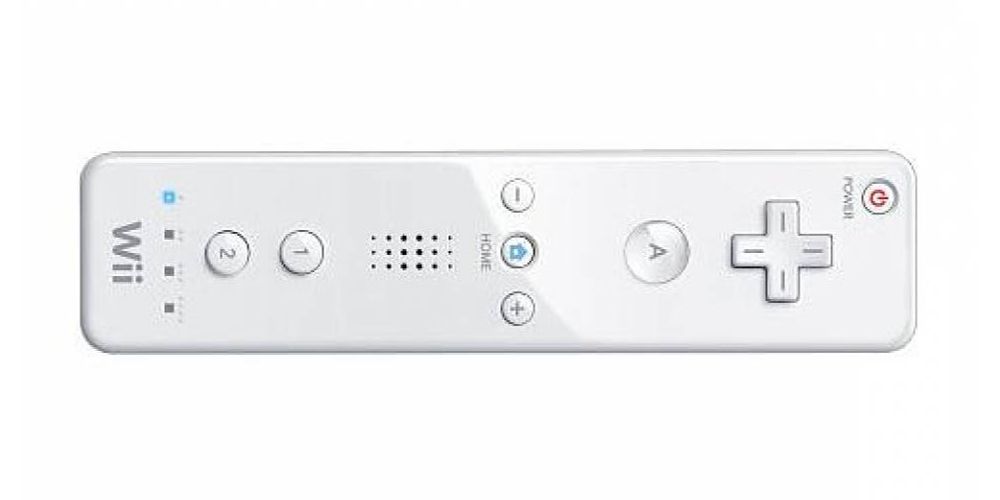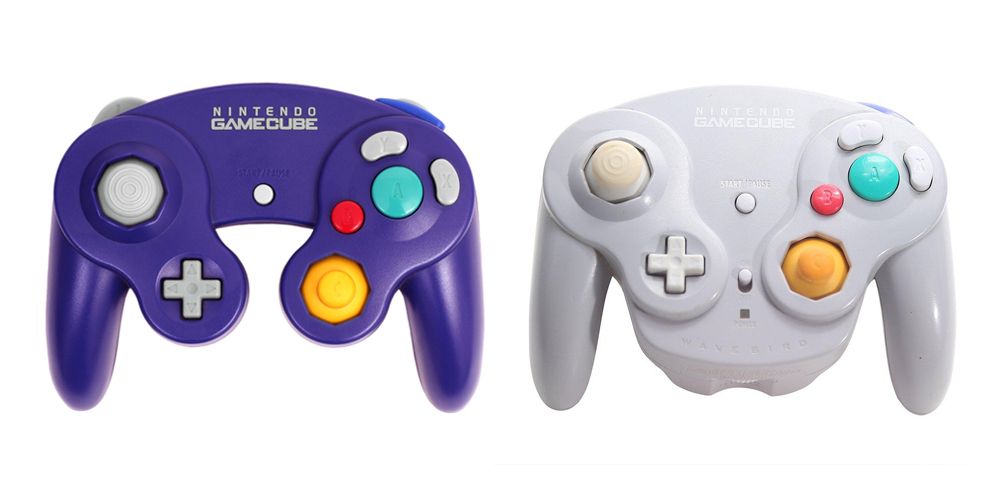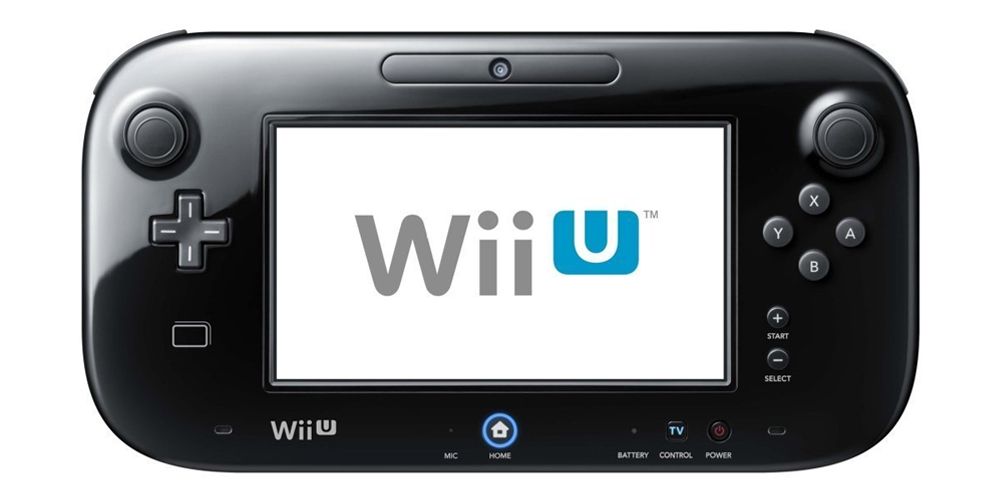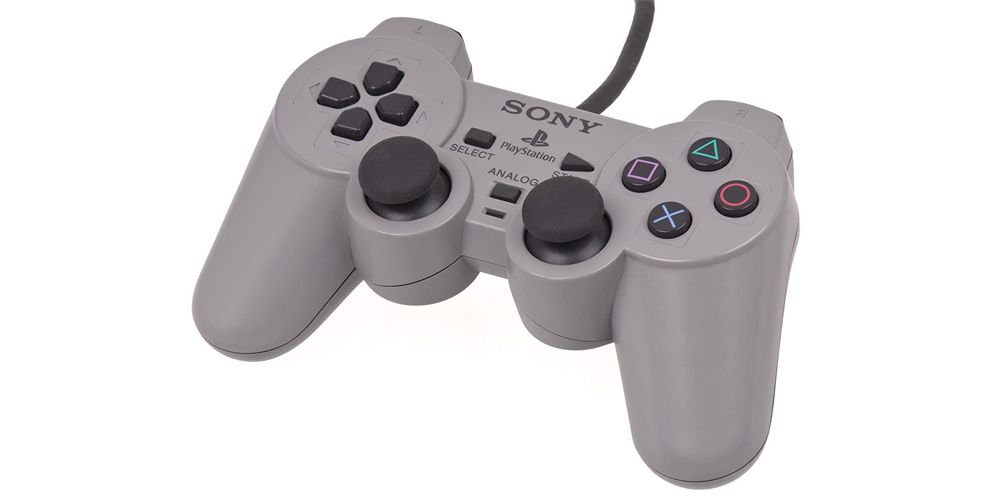A video game console can have the best games and the best graphics, but if those games are rendered unplayable by a poorly designed controller, it all counts for nothing. Just as a man is only as good as his word, a console is only as good as its controller.
Although most modern controllers tend to all conform to the same standards, that hasn't always been the case. Back in the 90's and early 2000's, there was a lot of variation between designs as console manufacturers played around with new ideas. Whether it be through button placement, shape or size; each console had its own distinct controller.
Unfortunately those new ideas didn't always work. In the quest to design the ultimate controller, some came within reach of perfection whilst others were left grasping at straws.
10 Nightmare: Nintendo 64
As well as being one of the ugliest controllers ever made, the N64 pad is also one of the most poorly designed. Although intended to allow for a variety of grips, the three prongs at the bottom served only as a means of confusing players as they struggled to find a comfortable way of holding the gray monstrosity.
To Nintendo's credit, the controller's Z button was positioned incredibly well. Unfortunately, the same cannot be said for the plethora of face buttons. Their size and spacing meant that blindly pressing at them would often lead to mistakes. This meant that players either needed to glance down at their pad or risk using the wrong move or item during gameplay.
The c-stick could also be very uncomfortable to use. In titles like Mario Party where the player is required to rotate it at speed, it would often leave players with stigmata like marks on their palms. Many Mario Party players actually resorted to wearing gloves to get around this issue, but not even the most cozy of gloves could make holding the 64 pad comfortable.
9 Joy: Switch
The concept of a video game system that can function both as a portable and home console is really quite brilliant. It's arguably something that only the innovators at Nintendo could come up with and execute. Their solution for controlling said system is equally ingenious.
The simplicity with which the Joy Cons can be reconfigured is as satisfying as the snap that doing so produces. Being able to use individual Joy Cons in multiplayer titles is also a breath of fresh air. For too long console owners wanting to enjoy local multiplayer had been forced to shell out for additional controllers. Not so with the Switch.
It does lose some marks due to the somewhat awkward design of the controller body. This is easily (although not cheaply) rectified though by picking up a Switch Pro Controller. Alternatively, players can opt for one of the many third-party alternatives.
8 Nightmare: Dreamcast
With more and more 3D titles being produced in the late 90's, Sega's decision to opt for a single analogue stick was a strange one. Games like Shenmue were held back massively by the need to assign either movement or the game's camera to the D-pad. Frustratingly, as shown by Sony, this really needn't have been the case.
The cable protruding from the bottom of the controller also made holding the pad a little awkward at times. Sega was clearly aware of this as they added a notch to the back of the VMU slot to hold the cable to the back of the controller. Although it helped a little, it didn't require too much force to pull the cable free again. It really begs the question, if Sega knew this was an issue, why didn't they just reposition the cable itself?
7 Joy: Super Nintendo
The SNES controller is a great example of how the simplest solutions are often the best. At a time when Sega was throwing out extra buttons left, right, and center, Nintendo opted for a straightforward and elegant design that did everything that was asked of it.
The layout of the pad is fantastic and its use of four main face buttons would go on to serve as the basis for most modern controllers. While the lack of total inputs would be problematic in today's gaming climate, the SNES pad had everything it needed to handle the 2 dimensional games of the era. It was easy to hold, it was easy to use, and it was easy to love.
6 Nightmare: Xbox
It's often said that bigger is better. Whoever believes this has clearly never wrapped their hands around the Duke. For those with large hands, gaming with the Duke may not have been too much of an issue. For everybody else however, the controller was just far too big.
The Duke was Microsoft's first attempt at a console controller and it really shows. Reaching for certain buttons felt incredibly unnatural and the monstrous size of the controller made holding it for extended periods of time very uncomfortable.
One of the best things to do when entering a new market is usually to check out what the competition is doing. Had the team at Microsoft done this, they may not have chosen to slap a huge Xbox logo in the center of the pad and instead focused on creating a controller that better suited the needs (and the average hand size) of their target demographic.
5 Joy: Xbox 360
Microsoft clearly took the criticisms of its previous controller into consideration when designing the 360 pad. It's smaller, it's sleeker, and it's incredibly comfortable to hold - regardless of hand size.
Not only is the 360 controller easy to hold, but all of the buttons can be reached without the player ever needing to overextend. The smaller, illuminated logo in the center of the controller also served a purpose this time around. As well as turning the controller on, it made it clear which controller was assigned to which player whilst also opening up the 360 dashboard. The 360 pad could even be used with a PC, making it an incredibly useful controller to have lying around even today.
4 Nightmare: Wii
Although the Wii's motion controls helped to drag console gaming from bedrooms to living rooms, the controller itself left a lot to be desired. Looking more like a TV remove than a gamepad, the Wiimote just didn't feel like a video game controller and was ill-equipped to handle a lot of the system's third party titles.
Perhaps the biggest flaw in the Wiimote's design however was its lack of a suitable method for affixing it to the player. The wrist straps did help in this regard, but many television screens paid the ultimate sacrifice in order for gamers to become fully aware of the Wiimote's destructive capabilities.
3 Joy: GameCube
One of Nintendo's aims when designing the GameCube's controller was to produce a gamepad that anybody could pick up and use intuitively. In that regard, they certainly succeeded.
Although at first glance its shape may appear a little strange, there's a method to the madness. The design allows for a comfortable grip without the player ever needing to stretch to reach inputs. Key buttons are also given prominent positions, allowing them to be easily pressed at a moment's notice.
Better still, the WaveBird allowed for cable-free gaming. This is perhaps taken for granted in the modern age, but in 2002 it was somewhat revolutionary and added a whole new level of brilliance to an already fantastic controller.
2 Nightmare: Wii U
The Wii U wasn't the first console to feature a screen within its controller. Like so many of gaming's firsts, that honor goes to the Sega Dreamcast. Unlike the Dreamcast however, the screen in the Wii U's controller wasn't removable. This meant that any damage done to it would require costly repairs whilst also rendering certain games unplayable. Not great, considering its purpose.
Although first party titles often did a great job integrating the additional screen into gameplay, the majority of titles on the Wii U did not. Many third party developers either weren't sure of how best to utilize the screen or simply couldn't be bothered to do so.
1 Joy: PlayStation
Considering that so few changes have been made to Sony's DualShock controller since it first released back in 1998, it serves as testament to the quality of its original design. Subsequent iterations may have added functionality, but the shape and layout of the controller remains almost untouched in spite of more than two decades having passed.
The DualShock was one of the first controllers to feature dual analogue sticks, which made controlling 3D movement a breeze. This would of course go on to become the industry standard, but at the time, many controllers instead relied on a D-pad to control either the movement or the game's camera which at times could be incredibly cumbersome.
The controller's inbuilt rumble feature was also very well executed. Previous solutions like Nintendo's Rumble Pak or Sega's Jump Pack were plugged directly into the gamepad. Not only was Sony's solution lighter, but it also didn't alter the balance of the pad like the aforementioned add-ons did.

